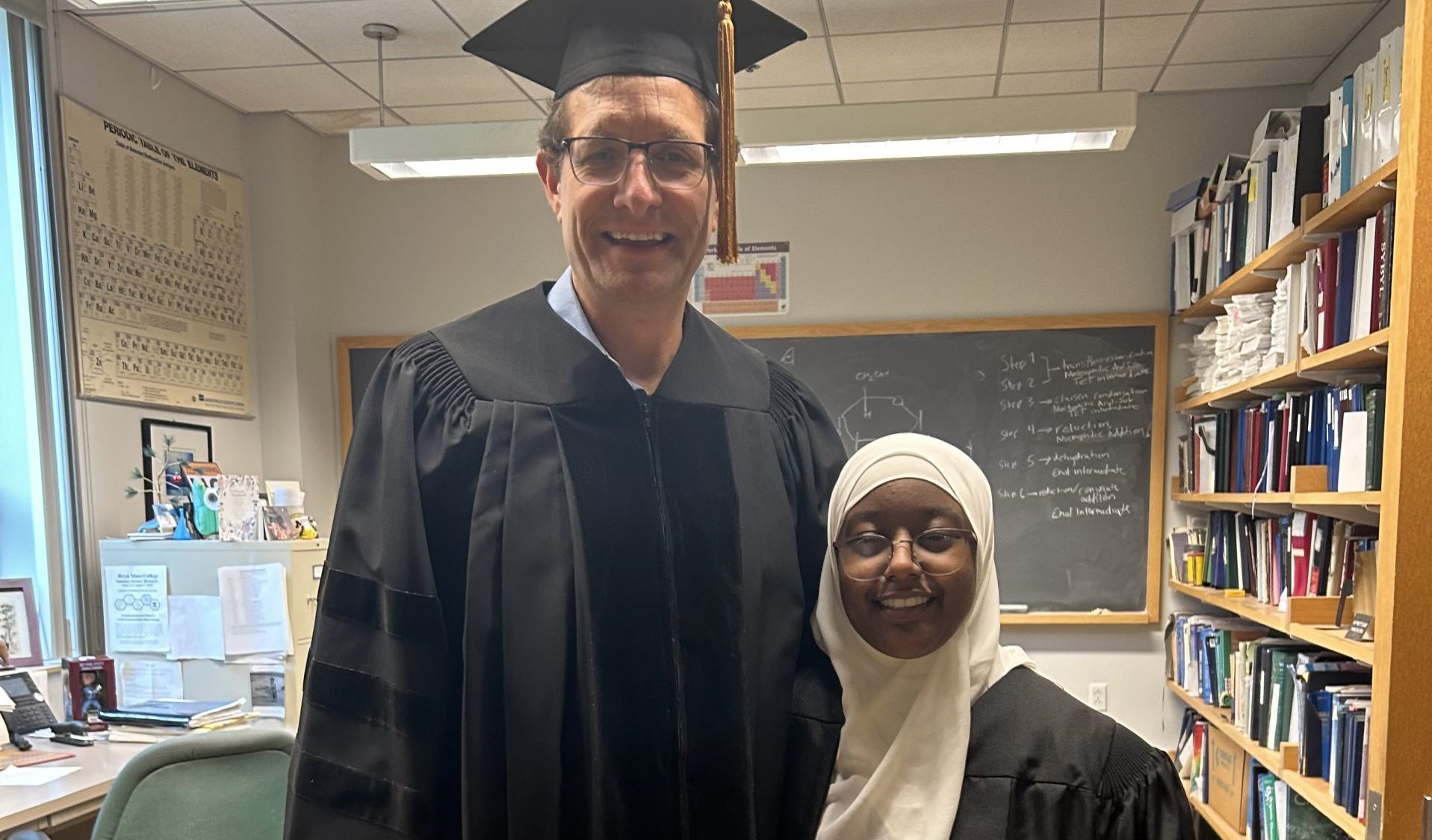Over the last several decades, many highly promising drug candidates have failed to successfully navigate the complex human physiology during clinical trials. Drug candidates that do succeed in clinical trials have a higher proportion of chiral centers and sp3 carbons than those that don’t succeed. Unfortunately, the current limited selection of efficient synthetic chemistry tools fosters the generation of flat aromatic and sp2 carbon structures; a large proportion of drug candidates advanced into the clinic reflect that fact.
Phenanthridinone and carbazole are two examples of flat aromatic structures that are commonly found in bioactive molecules and drug candidates. In fact, the phenanthridinone core is found in 3,200 bioactive compounds according to PubChem, while carbazole has been found in an astonishing 258,000. Clearly these structures interact with many biological macromolecules. It is likely that their structural profile contributes to their significant and indiscriminate bioactivity. However, their extensive bioactivity creates problems in complex human physiology where successful drug candidates are groomed for selective interactions to reduce side effects and toxicity.
Our current work is developing a new synthetic chemistry tool that will allow the generation of phenanthridinone and carbazole analogs with chiral centers and sp3 carbons. Creating an efficient and enantioselective tool for this purpose will allow researchers to generate analogs that will hopefully retain the bioactivity of phenanthridinone and carbazole, but be more selective and potent in interactions with biological targets for therapeutic purposes.
The new synthetic chemistry tool, which we call the Birch-Heck sequence, involves a short sequence of reactions to rapidly generate fused tricyclic ring systems with a chiral quaternary or tertiary center. The process involves desymmetrizing cyclohexadiene structures generated in the versatile Birch reduction-alkylation reaction. The use of palladium catalysts with chiral ligands in a desymmetrizing Mizoroki-Heck reaction will afford enantioselective control in the key step. The versatility of the Mizoroki-Heck reaction will allow the creation of a broad range of structures, including medium-size and heterocyclic rings. In the process, the substrate scope of the enantioselective intramolecular Mirzoroki-Heck reaction will be expanded. The phenanthridinone and carbazole analogs generated through this work will be screened with our biological collaborators at Lankenau Institute of Medical Research for anti-cancer activity.
Scheme 1. Example of the Birch-Heck sequence (reported in Org. Lett. 2018, 20, 1740-1743)
Scheme 2. Application of Birch-Heck sequence to phenanthridinone synthesis
Scheme 3. Application of Birch-Heck sequence to carbazole synthesis
We gratefully acknowledge support of this work from the National Institutes of Health (1-R15-GM087291-01A1).
 Return to Bill Malachowski’s web page
Return to Bill Malachowski’s web page



